CONTENTS
Guide To See Northern Lights In Iceland: Advice From The Experts
Seeing the northern lights in Iceland is a popular activity for anyone who visits this country. But this depends on many external factors, such as the weather, your chosen destination, etc.
So this is a guide to see the northern lights in Iceland to help you on your journey. Though we can not promise 100% that you will be able to see the aurora, this guidance will surely increase your chances.
Time to prepare your stuff, sketch a plan and start your trip to see the wonders with us!
Is There A High Chance To See The Northern Lights In Iceland?

Iceland is one of the most popular places in the world to see the northern lights. Picture by Ken Cheung on Unsplash
First, you must understand the factors that create northern lights to answer this question.
The Earth’s magnetic field ionises the solar particles when they meet in the atmosphere. Thus, so-called solar winds in green, red and blue colours are born. Thanks to the magnet poles, this effect only appears in the northern and southern hemispheres.
So, theoretically, you can always see the northern lights in Iceland because the sun works non-stop, and the country itself is in perfect latitude to observe this spectacular effect. The population in Iceland is also small, ensuring the pitch-dark and unpolluted atmosphere enhances the aurora effect.
But there are always differences between theory and reality. In reality, solar activity changes rapidly along with the weather in the Arctic area. Therefore, you won’t always get the chance to see the northern light. Still, the chances are high compared to other regions of the world.
The rule of thumbs is you can see them when it’s dark outside and clear of clouds. Plus, the Icelandic weather changes in the blink of an eye.
What Is The Best Weather To See The Northern Lights In Iceland?

Travelling to somewhere remote increases your odds. Photo by JesusmGarcia
As stated above, the main factor that creates the northern light is solar activity. The stronger the solar activity, the higher the chance you can observe the northern light fully. You can check for the parameters of this factor on the Iceland Aurora Forecast. Usually, if it shows that the KP (Planetary Index) is above 3, then you can probably see the aurora.
Also, the northern light is faint and colourful. So in order to see it clearly, the destination must be completely dark and without clouds. Even the city lights and the moonlight can lessen the brightness of the northern light. And the clouds can, of course, completely cover the vague beauty of this wonder.
But if you find the weather not in this perfect condition during the day, don’t be disappointed too soon. It can change drastically in a blink of an eye. Be patient and watch for the forecast.
What Are The Best Months To See The Northern Lights In Iceland?
- Peak Season: September to March (the darkest months)
- Optimal Conditions: December to February (milder weather)
- Off-Peak: April to August (avoid due to 24/7 daylight).
The aurora season in Iceland starts from late August to mid-April. The reason for this is that during these months, the sky is dark enough for the northern light to be visible.
The best season to see northern light in Iceland is in winter, from December to March, when the daytime is short, and nighttime can last up to 19 hours. You can have several hours hunting the northern light.
But keep in mind that this is also the time when the climate in Iceland is extreme, so be prepared to face the coldness, heavy snow and sudden changes in the weather.

The best season to see the northern lights in Iceland is winter. Picture by Nicolas J Leclercq on Unsplash
If you want milder weather for aurora hunting, visit from March to mid-April (during spring) or from September to December (during autumn). However, the daytime has increased in these months, decreasing the chance to see the northern light.
You should avoid visiting Iceland from May to the beginning of August (mid-summer) if you want to see the northern light. Those are the summer months in Iceland, and during that time, the sun never sets in this country. The daytime is at its peak, so it is almost impossible to see the aurora.
Where Is The Best Place To See The Northern Lights In Iceland?
Though you can see the northern light throughout Iceland, there are better places to see them than others. They have the perfect open view and minimal to no light pollution. Here is the list you can consider:
Vatnajökull National Park

Even at day, Vatnajökull is a sight to behold. Photo by Christopher Lund - stock.adobe.com
Vatnajökull National Park is the biggest national park in Iceland, covering 13% of Iceland’s land area with various landscapes and an impressive ecosystem.
Visiting this place, you will get to see the famous Vatnajokull Glacier, many volcanoes, and the highest mountain of Iceland, Hvannadalshnjúkur. The waterfalls of Dettifoss also belong to this tremendous national park.
Vatnajökull National Park is 4 hours away from Reykjavík. Due to the fantastic sightseeing here, it’s a waste if you only intend to visit this place to see the northern light. We recommend you spend a day or two camping here to admire this place's beauty and increase your chance of seeing the aurora.
Þingvellir National Park
If you are staying in the capital of Iceland, Reykjavík, then watching the northern light can be difficult based on the light of the urban area. In this case, you can visit the Þingvellir National Park (or Thingvellir National Park).
Þingvellir National Park is a national park near Reykjavík. This place was recognised as a world heritage by UNESCO because it is where the world’s oldest parliament, Iceland’s parliament, sat from 930 to 1798.
Visiting Þingvellir National Park to see the northern light, you will emerge in the wilderness fully without any intervention from the modern world. And the park is only 45 minutes drive away from Reykjavík. However, there is no public transport to this place. You can only go by yourself or book a tour.

Þingvellir National Park is the perfect place to see the northern lights in Iceland if you are staying at Reykjavík. Picture by Kym Ellis on Unsplash
Snaefellsnes Peninsula
Snaefellsnes Peninsula also has a national park in Iceland called Snaefellsjokull National Park. Not only do you have immense wild views like the two national parks above, but you can also see the sea.
The most popular sights in this park are the glacier-capped volcano Snæfellsjökull and the caves here. So you can combine hiking with your aurora hunting trip. Besides this, you will discover various types of ferns, bird species and historical monuments here.
Snaefellsjokull National Park is the perfect place to see the northern lights in Iceland if you want to see how they react on the glass surface of the sea. However, if you don’t have your own car and intend to travel to this place by public transport, you might have to take various different buses.
If you don’t want to visit another national park to see the aurora borealis, then you can come to Kirkjufell Mountain also on this peninsula. This mountain is distinguished by its symmetrical shape straight up to the sky.

The Kirkjufell Mountain on the Snaefellsnes Peninsula is popular among aurora hunters for its distinguished shape. Picture by Joshua Earle on Unsplash
Reynisfjara
Reynisfjara is one of the most famous black-sand beaches in Iceland with basalt columns rising in the middle of the sea. This place is also one of the best places to see the northern lights in this country. The reason is because of its open horizon, which allows you to see the overview of the aurora.
This black-sand beach is perfect for photo shots of majestic nature. You can see the strong waves, the massive basalt cliffs and the magical northern lights at the same time. Even the famous series Game of Thrones has to admit the beauty of this place as it set several scenes of season 7 here.
However, you have to be extremely careful when coming to this beach. Reynisfjara has sneaker waves that can easily push you to the sea. The best time to see aurora borealis is from midnight to almost dawn when the sky is pitch dark, so the danger is even higher as you can barely see everything clearly.
How To Best Enjoy Northern Lights
Seeing the Northern Lights is an experience that will leave you in awe of nature's beauty. But how can you maximise your chances of witnessing this magical phenomenon?
Keep an Eye on the Forecast
Choosing the final destination is based on many factors, such as your current position, your preferences, the weather, etc. Before making the decision, you should first calculate the distance and make a plan of what activity you want to try. Then, check the weather forecast to make sure the conditions at that place are good to watch the northern light.
Do Your Homework
Besides knowing the science behind the Northern Lights, learn to know about how to read the weather forecast. Ask the locals for the best ways to find Northern Lights in Iceland.
Plus, you need to be able to know which direction is north. As their names imply, the further you travel in that direction, the more likely you encounter one.
Stay Up Late

Make golden memories with your loved ones. Photo by Dimitri - stock.adobe.com
The lights are most visible during winter months when nights are the longest and darkest. Be prepared to stay up late into the night, as the best displays often occur between 10 PM and 2 AM. Grab a thermos of hot cocoa, put on your warmest clothes, and get ready for a late-night adventure.
CabinZero tips: Allow your eyes to adjust to the darkness for at least 20 minutes. Avoid looking at bright lights or phone screens, as this can disrupt your night vision.
Find The Perfect Spot
Look for areas away from city lights and with unobstructed views of the sky. Avoid the full moon and places with light pollution, as darker conditions make the lights more visible. However, make sure the spot you choose is safe, even if dimly lit.
Capture the Moment
Capturing the beauty of the Northern Lights can be a challenge, but with the right settings and a tripod, you can take stunning photographs. Experiment with long exposure shots to capture the movement of the lights across the sky. Just remember to test-drive the night modes before the big day.
Embrace the Magic
Or don’t. When you get the chance to witness the Northern Lights, take a moment to soak it all in. It's a truly magical experience that words can't fully describe. Close your eyes, simply lie down and let the beauty of nature wash over you. Capturing the moments is good, but it can wait until later, especially when you have to enjoy it first.
Don’t Plan Around The Lights
Unless you are a dedicated photographer, a casual traveller should plan a trip around other activities, not exclusively to the North Lights. The lights are spectacular when the conditions are right, but they are unpredictable and irregular.
In our experience, it’s best to join a guided tour that combines aurora hunting with other activities, such as soaking in a geothermal pool, ice fishing, or snowmobiling. Consider it as a bonus, a surprise to your trip rather than the be-all and end-all.
Can You See Northern Lights Without A Tour?

Hunting the lights on your own has it own charm. Photo by bublik_polina - stock.adobe.com
Of course, you can. However, you need to rent a car, as the lights are elusive, and you need some form of transportation to catch them. However, just like renting a car in Europe or anywhere else, remember to buy full insurance.
To Tour Or Not To Tour
That said, every coin has two sides. Let’s compare to see which option is the best for you.
Renting A Car
You should choose this route if you are on a budget and have a long stay at the land of fire and ice. Remember to combine chasing the lights with other activities or attractions to not leave the county with disappointment.
Pros:
- More freedom
- Spend as much time as you like
- Evade the crowds easily
- Free to stop by any attractions or scenic spots along the way.
Cons:
- Fuel and rental costs can be expensive
- Require more effort, research, and planning
- Snowy terrains can be unsafe to drive through.
Guided Tours
It’s the best option if you visit Iceland in a short time (3-4 days or less). Everything is taken care of, but it can be expensive (about €100 per person). That said, just like renting a car, there's no guarantee you'll see the Northern Lights, even with a tour.
Pros:
- Insights and assistance from experts
- Available in various vehicles, from buses to jeeps
- Everything from planning to gear is provided.
Cons:
- Set schedules and locations with a time limit.
- Popular tours will be crowded
- Private or small-group tours can be costly.
How To Chase Northern Lights On Your Own
Watch Icelandair’s helpful guide on driving in Iceland to be ready. Check out their other tips on seeing Northern Lights here.
First and foremost, safety considerations are your top priority. Here are some things to consider when planning your trip to Iceland as a whole:
- Ensure your vehicle is equipped for winter conditions.
- Make sure you can handle icy roads. The local driving guidelines can be a big help. Expect to see roadblocks when the weather is lousy.
- Always inform someone about your plans, especially if you are heading to remote areas.
- Bring a charged mobile phone, and consider a portable charger. However, note that some remote areas might not have cell reception.
- Ask as many questions as you can with the expert locals. It’s better to be safe than sorry.
Considering all of the above, we repeat: always get full insurance when renting a car to chase Northern Lights in Iceland.
Most people would also recommend opting for local agencies like Blue or Lotus. Due to Iceland's special road conditions, they are better than multinationals like Avis, Enterprise, etc. You may have to pay more, but everything is worth it if you want to avoid as many headaches and problems as possible.
Got everything sorted? Then here’s a simple step-by-step guide to increase your chances if you're going the DIY route:
- Pack essentials (we’ll talk about later)
- Rent a car, one that is suitable for winter conditions, especially if you're venturing off the main roads.
- Check the forecast via auroraforecast.is or en.vedur.is/weather/forecasts/aurora/
- Drive to a place with limited clouds
- Park somewhere dark, but safe
- Wait until the magic happens.
Remember that these steps won’t guarantee your chance of seeing one. The lights are unpredictable, but that’s also what makes them appeal. You have to put effort into catching them. In turn, the experience you get is rewarding and unforgettable.
Photography Tips for Shooting the Northern Lights

Be calm, and you will capture the beauty of Nature in no time at all. Photo by Parilov - stock.adobe.com
Don't forget to bring your camera! A DSLR or mirrorless camera with manual settings is ideal. Also, a wide-angle lens to capture more of the expansive sky. Plus, you should spare batteries and memory cards, or else you may regret it. A sturdy tripod is another must-have.
According to Adobe, Hurtigruten, and many other resources, here are the general tips to ensure you get a picture of a lifetime:
- Shoot in RAW format for better post-processing flexibility
- Set the focus to the infinity (∞) setting
- Begin with an ISO setting of 800-1600. Adjust depends on the brightness of the auroras and ambient light.
- If the auroras are faint, increase the ISO, but be cautious of noise.
- Use the widest aperture your lens allows (e.g., f/2.8 or f/3.5) to let in as much light as possible.
- Set white balance to "Auto" or "Daylight"
- Start with a shutter speed of 15-25 seconds. If the auroras are moving quickly, you might need a faster shutter speed (e.g., 10-15 seconds) to capture their shape before they blur
- Take several test shots and adjust settings as needed. The intensity and movement of the Northern Lights can change rapidly, so be prepared to adapt.
Packing The Right Stuff

Right backpack prepare you for days and nights exploring in Iceland. Credit: @paulinagoldschneider_Hvalnes
When venturing into cold climates for your Northern Lights expedition, it's crucial to dress in layers. Think thermal base layers, insulating mid-layers, and a waterproof outer shell to keep you cosy and protected from the elements. Here are our basic recommendations for what to pack for a Northern Lights trip:
Essential
- Wool beanie
- Long wool Undergarments
- Base layer (synthetics or wool- avoid cotton)
- Mid-layer (e.g. woollen sweater/shirt or fleece)
- Outer layer (think woollen jumpers)
- Waterproof (lined) jacket and trousers
- Thin glove liner under mittens
- Thermals
- Socks (again, not cotton - silk, synthetic, or wool preferably)
- Walking boots
- Scarf
- Headlight (it’s dark and cold out there)
- GPS
Camera
- SLR Camera
- Spare batteries
- Tripod
- Memory cards
- Torches
Miscellaneous:
- Water bottle
- Snacks
- Hot drinks
- First aid kit.
A Suitable Backpack For The Job
And remember to invest in a quality backpack to store them all. Preferably, your pack of choice should be water-resistant, durable, and feature-loaded. It should be suitable for everything you do in Iceland, not only chasing the lights.
Enter the CabinZero ADV Pro lineup. Available in 32L and 42L capacity, these can easily fit a week of clothes and gear for extended excursions. Your arctic clothing layers, thick wool socks, and essential gear will feel like nothing at all. The best part? The packs are carry-on approved, so you can bring them onto the plane hassle-free.
Whether you're standing still for hours or trekking to that perfect vantage point, the ADV Pro’s ergonomic design ensures comfort. We load the pack with sternum straps, ventilated back panel, etc., to bring you the best experience in the land of Ice and Fire.
Their robust build, on the other hand, promises durability in the harshest conditions. We make them with Nylon 500 Denier Rip-Stop fabric with a Water resistant coating, rest assured that they can take a beating even in unpredictable Arctic conditions.
Buy one now to tick the Northern Lights off your bucket list. If you want something more budget-friendly, we’ve got you covered. Consider checking out the CabinZero Regular ADV, ADV Dry, or the Military backpack.
Be Patient
Despite all the tips that people share to see the northern lights in Iceland, in the end, the key to a successful aurora hunting trip is patience. Every factor can change drastically. The only thing you can do is wait and hope for the best.
If you are not confident in your luck, you can extend your trip to Iceland a little more to make sure you can see the aurora at least once. And you can also book a tour to be helped by professional aurora hunters. This will increase your chances tremendously because they have many years of experience finding the northern lights.
Have you ever seen the northern lights in Iceland successfully? Share your experience and valuable tips down below to help the travel fellows on their journey of finding the Green Lady!
Claire Thuc




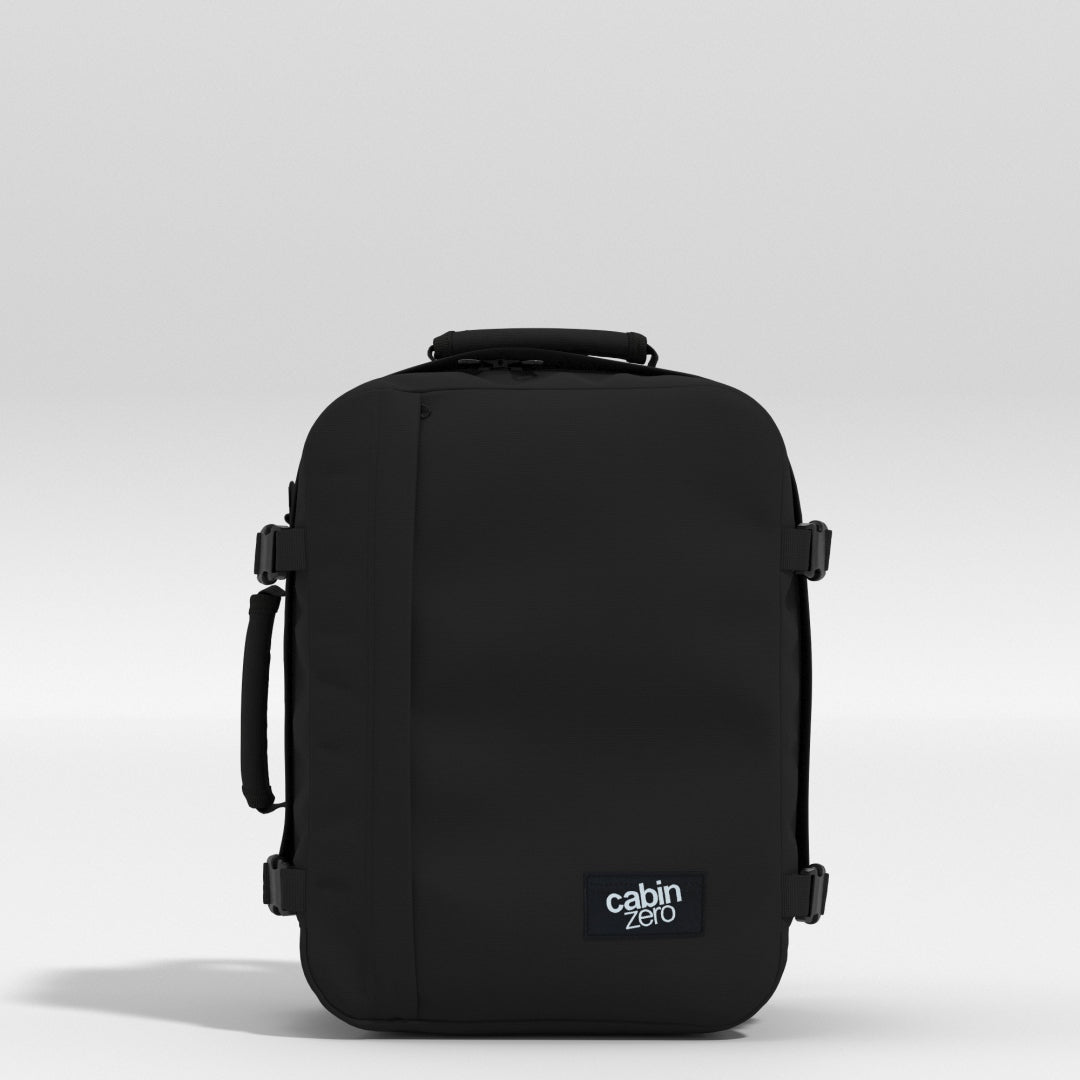
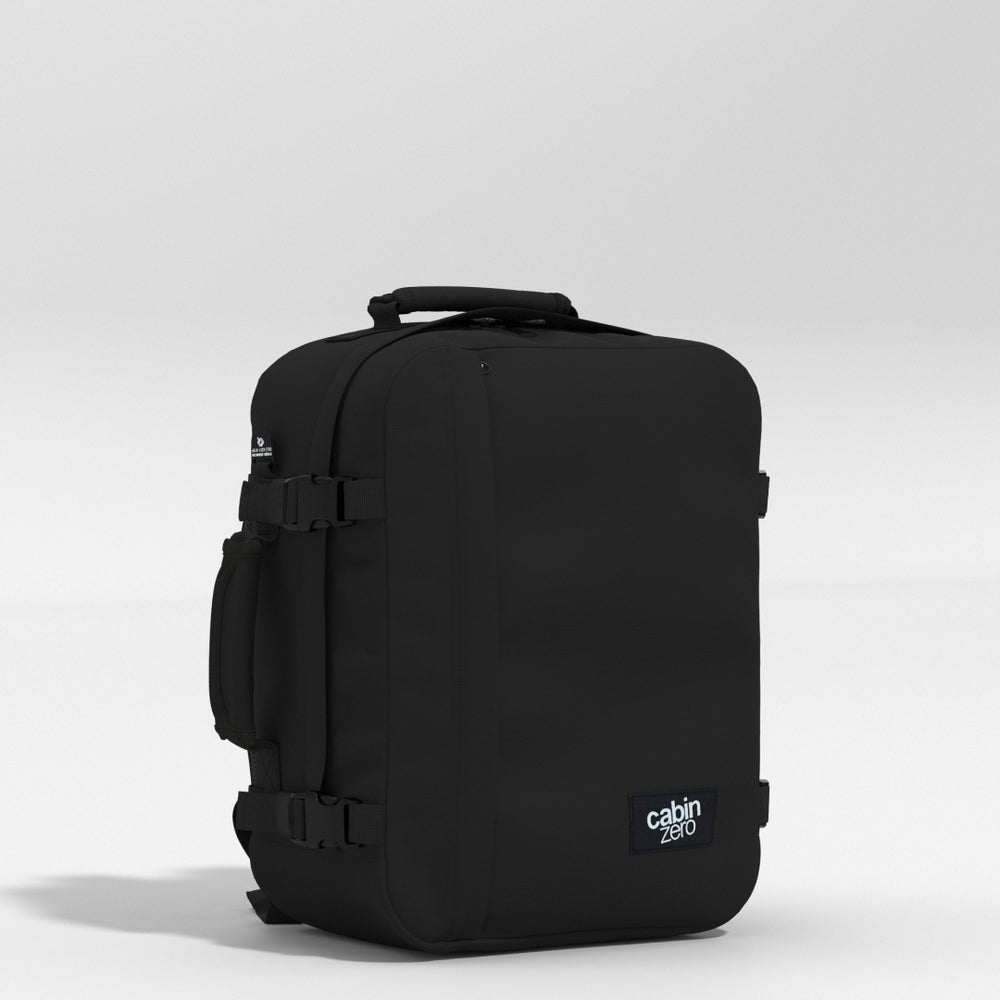
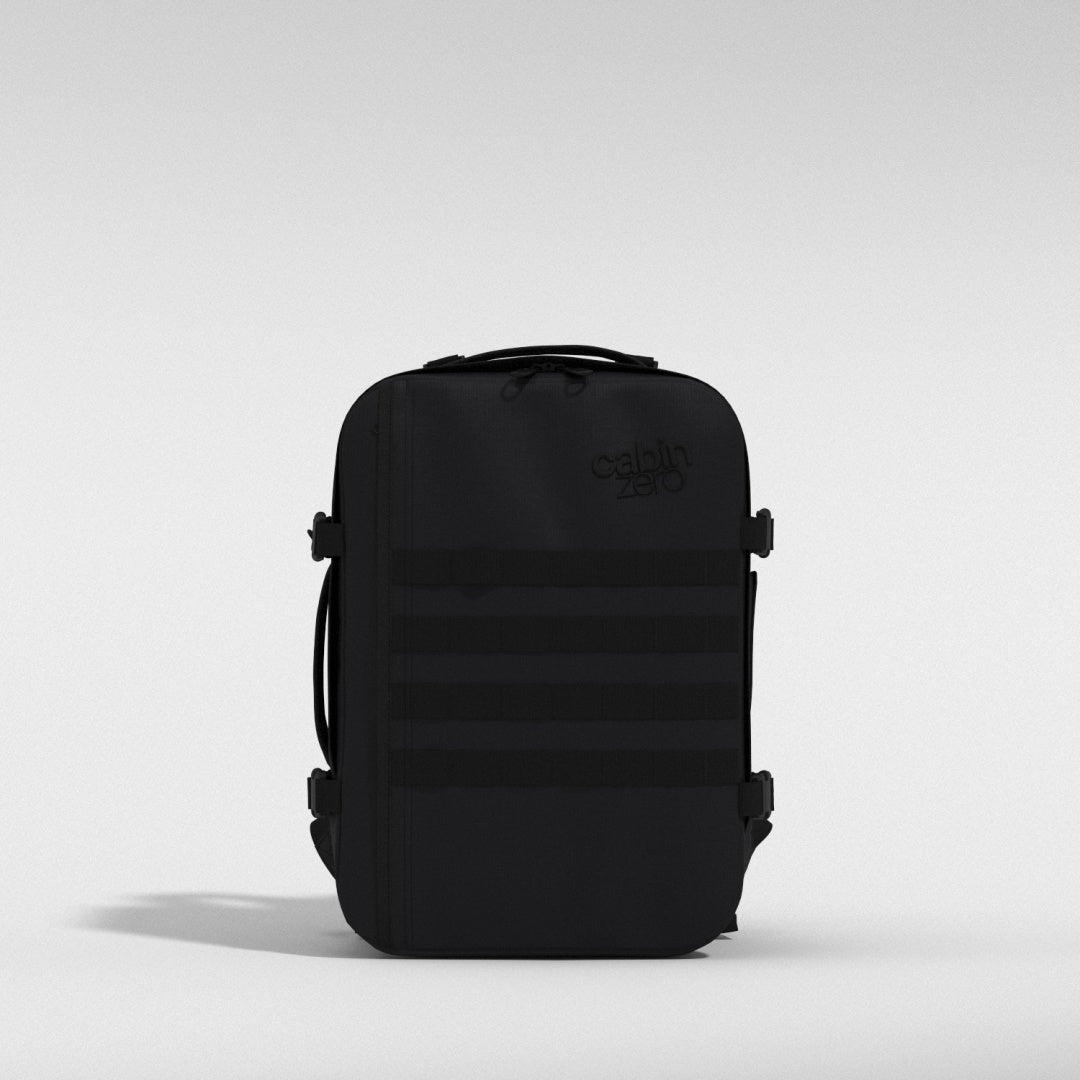

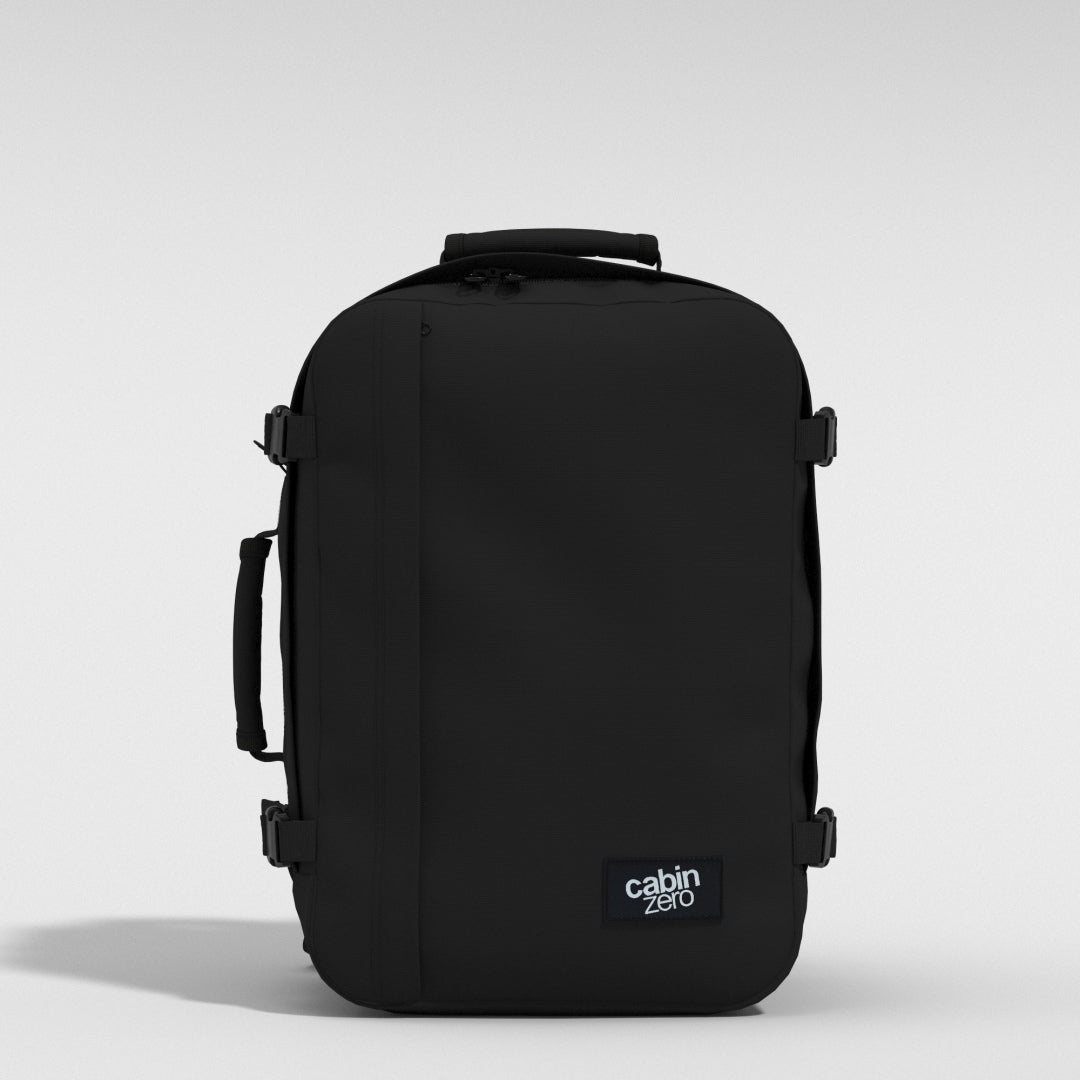
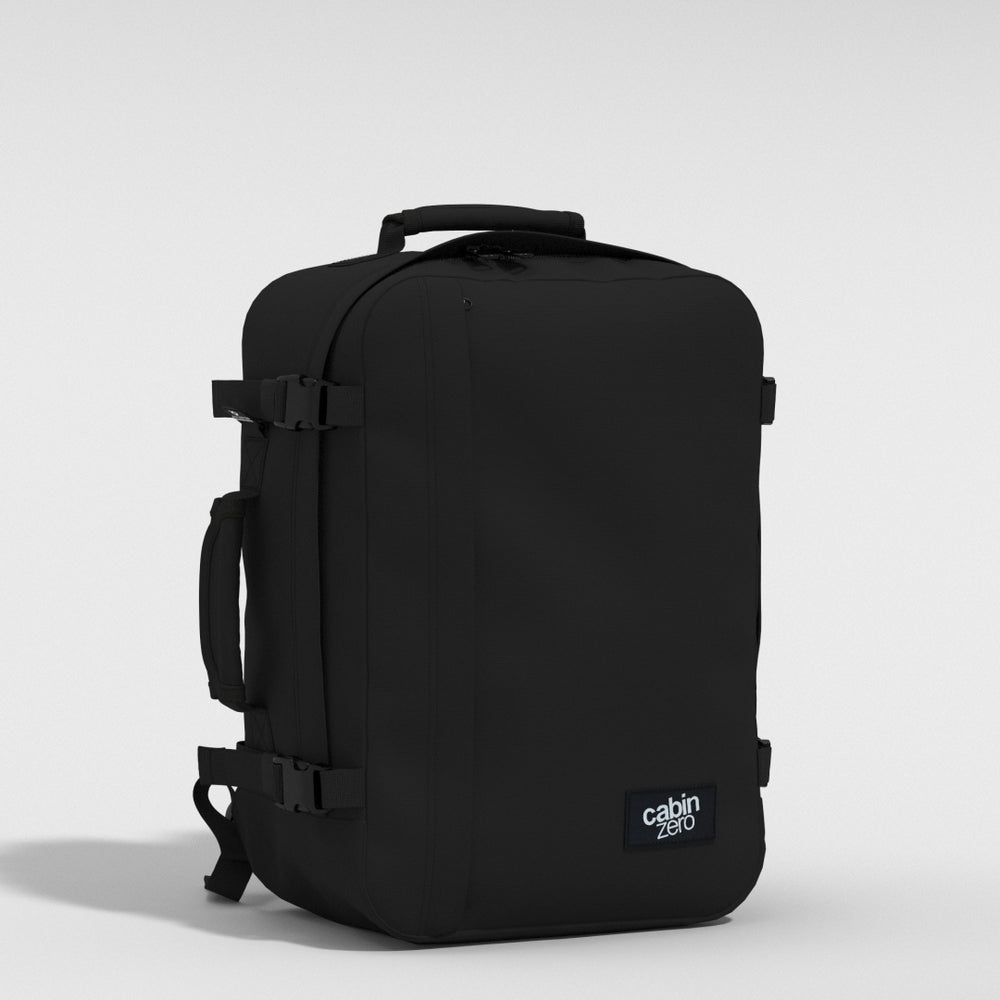
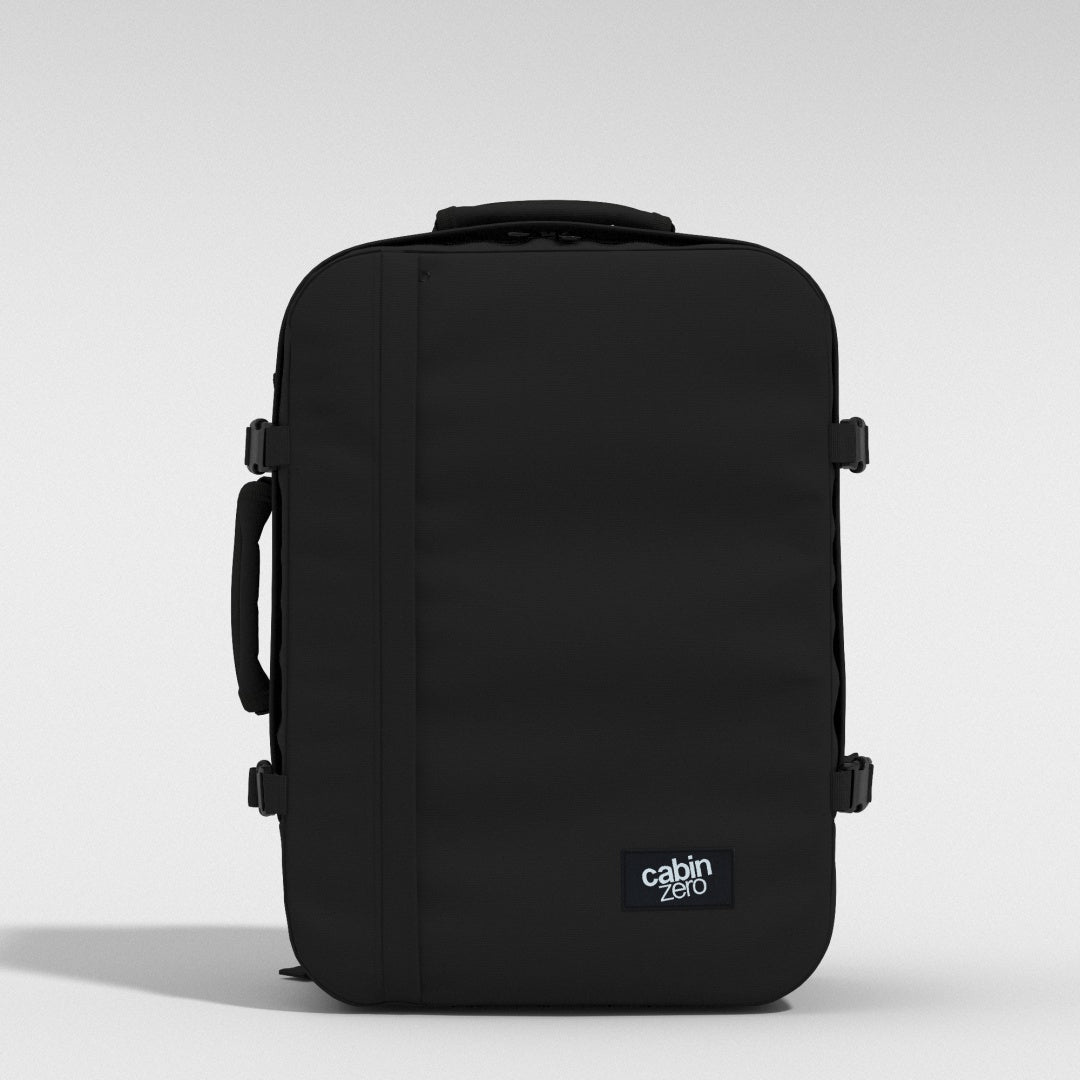
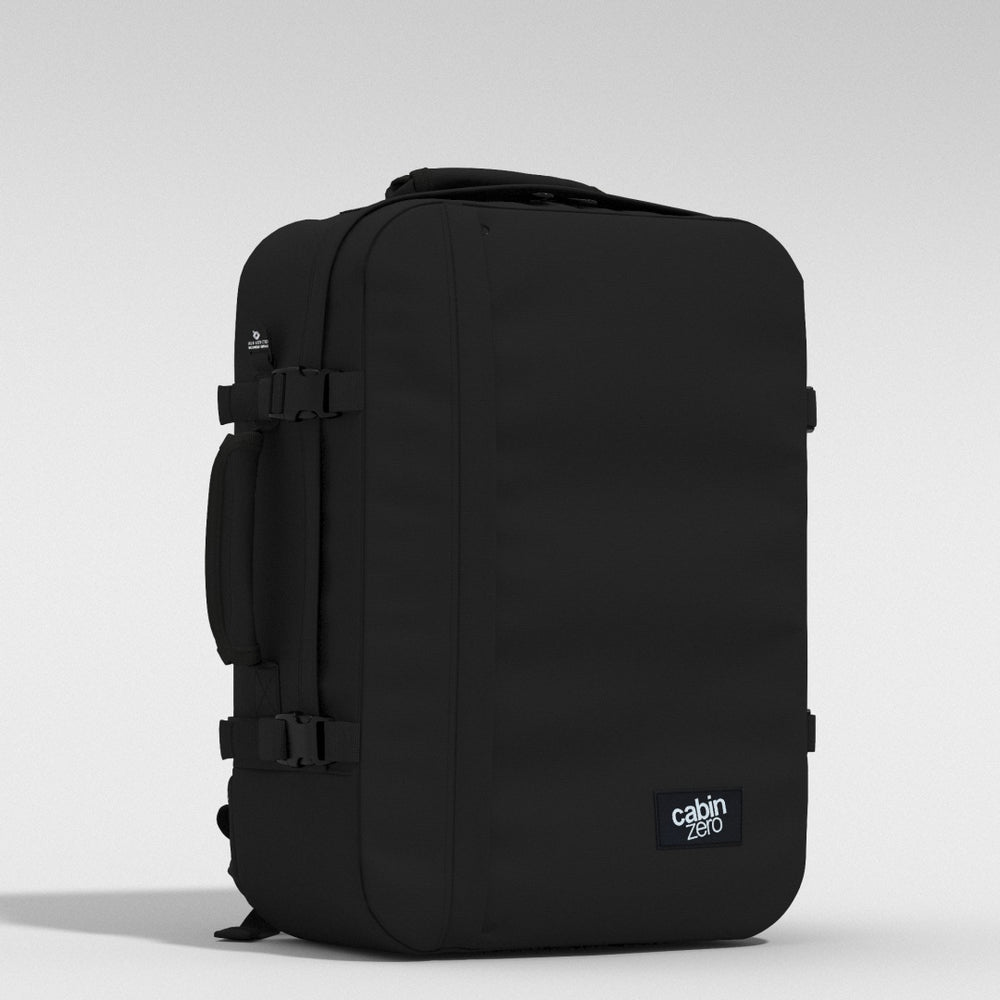
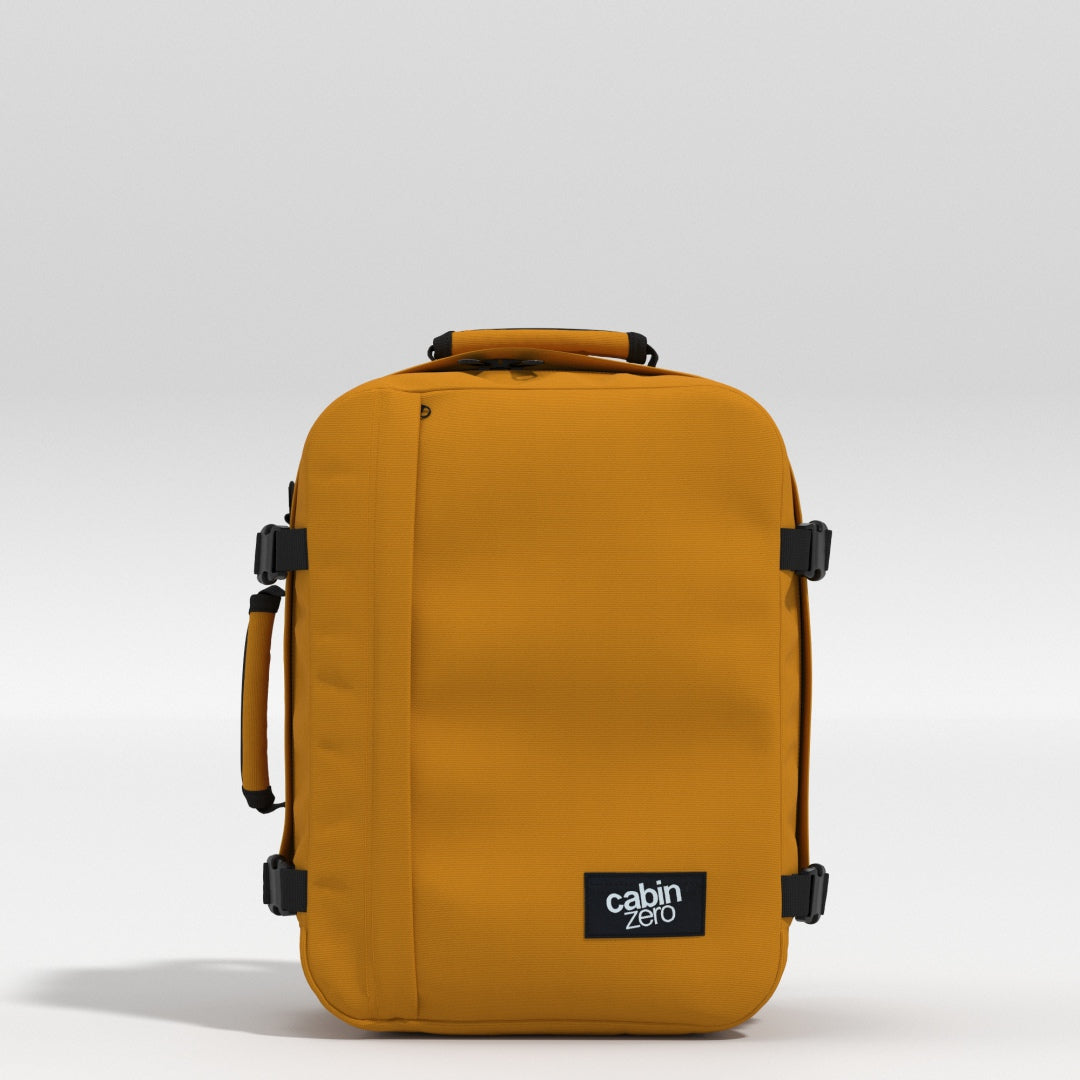
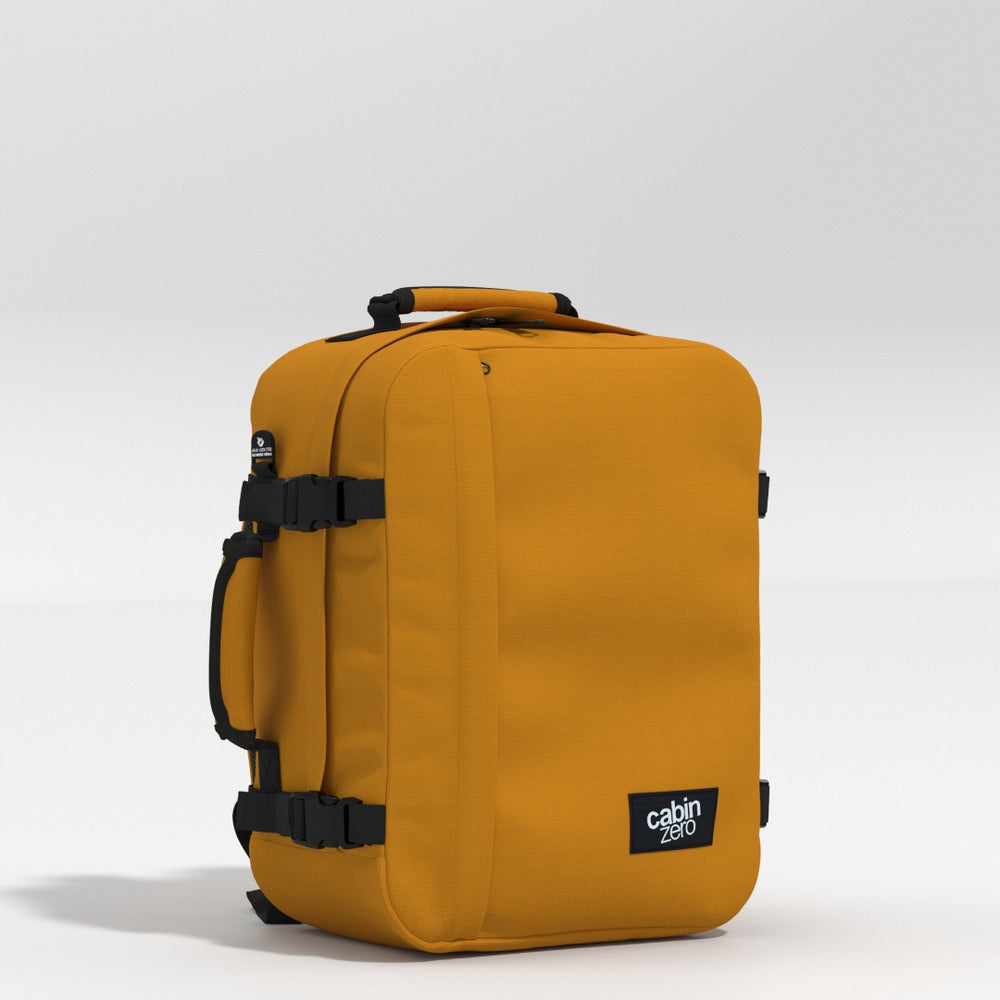



Hinterlasse einen Kommentar